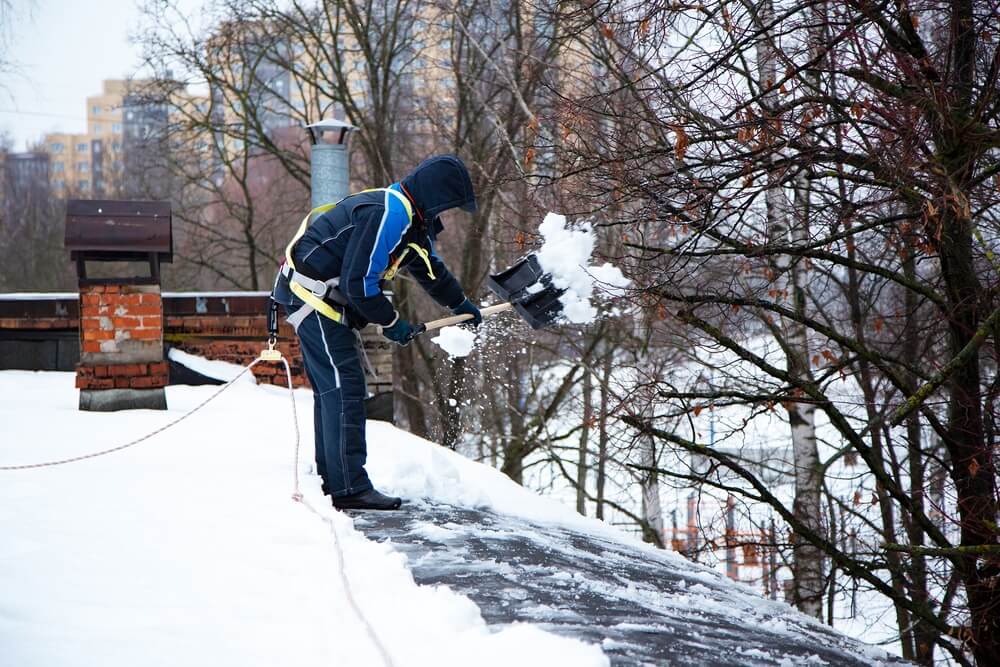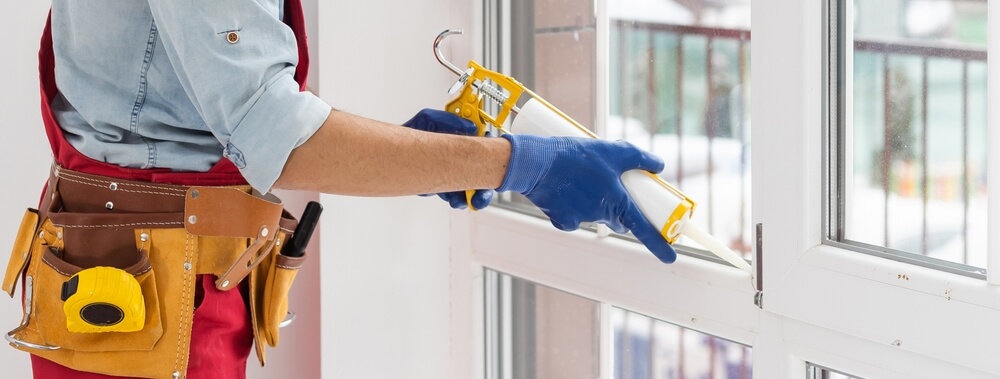Stay Cozy: Essential Winter Maintenance Tips for Homeowners

As the cold weather approaches and winter’s chill sets in, it’s crucial for homeowners to prepare their homes to weather the season. Taking action now can help prevent costly repairs, safety hazards, and unexpected insurance claims. A little planning and maintenance go a long way in avoiding major issues when temperatures drop and snow begins to fall. This winter home maintenance checklist will ensure your home stays warm, secure, and safe throughout the frosty months, while also helping you avoid problems that could affect your homeowners insurance.
1. The Importance of Preparing Your Home for Cold Weather
The transition into winter can be a real frosty wake-up call for homeowners. With the chill in the air comes a whole new set of challenges—frozen pipes, heater breakdowns, and all the snow and ice that winter throws your way. That’s why a winter home maintenance checklist is your best defense. Preparing your home for these icy conditions isn’t just about staying cozy—it’s about protecting your home’s value and avoiding those nightmare repairs that can lead to an insurance claim. Winterize your home now, and you’ll be ready to tackle the season without worry, keeping your space warm and snug no matter what Jack Frost has in store!
2. Keep the Warmth In: Insulation and Sealing Tactics
One of the most important winter home maintenance tasks is ensuring that your home stays warm without running up the heating bill—especially in really cold areas like New York or Colorado. The key to doing this is making sure your home is well-insulated and properly sealed. Winterproofing your home begins with these essential steps to keep the warmth inside.
- Weatherproof windows and doors: Seal gaps with weatherstripping or caulk to prevent drafts and keep heating bills down. Consider upgrading older, drafty windows or using plastic insulation film.
- Insulate pipes: Protect exposed pipes in attics, basements, and crawl spaces from freezing by adding insulation. Letting faucets drip can also help prevent burst pipes.
- Add insulation: Ensure your attic is properly insulated to keep heat in and save on energy costs.
3. Safeguarding Systems: Heating and Fireplace Readiness
Your home’s heating system will be working overtime during the colder months, so it’s essential to ensure it’s ready. Many homeowners mistakenly think homeowners insurance covers all heating issues or fire hazards. However, insurance myths can leave you unprepared, as certain damages might not be covered. Be sure to understand your policy’s exclusions and schedule a furnace inspection to avoid issues this winter. Here’s how to keep your heating system in top shape:
- Furnace maintenance: Get an annual inspection, clean the furnace, change filters, and check for issues.
- Chimney and fireplace: Clean the chimney, and ensure the damper and flue are open before use.
- Test your thermostat: Ensure accuracy and consider a programmable thermostat for energy savings.
4. Rooftop Vigilance: Protect Against Winter Elements
Your roof is your first line of defense against winter elements. A well-maintained roof will prevent snow, ice, and rain from leaking into your home.
- Inspect your roof: Have a professional inspect your roof for missing shingles, cracks, or damage. It’s better to address any issues before the first snow or heavy rain. Preventing leaks now will save you from costly water damage down the road.
- Prevent ice dams: Ice dams can form on your roof if it’s cold enough and block the flow of water. To prevent this, ensure that your roof stays at an even temperature by adding insulation and improving ventilation.
- Clear gutters: Clean out your gutters of debris to prevent snowmelt from backing up and potentially damaging your roof. Clogged gutters can cause water to freeze and form ice dams, leading to leaks and water damage.

5. Plumbing Priorities: Dodge the Freeze and Leaks
Frozen pipes are one of the most common and costly winter problems for homeowners. To prevent this, make sure your plumbing system is winter-ready.
- Pipe insulation: Insulate exposed pipes, especially in unheated areas like attics, basements, and crawl spaces. This will protect them from freezing in extreme cold.
- Know your shut-off valve: Be familiar with the location of your main water shut-off valve. In case of a burst pipe, shutting off the water supply immediately can help prevent extensive damage.
- Leave faucets dripping: In extreme cold, leaving faucets slightly open can help prevent water from freezing in the pipes.
6. Emergency Preparedness: Essentials for Power and Supply Shortages
Winter storms can cause power outages and disrupt supply lines, so it’s essential to be prepared for the unexpected. Keeping your home in good shape to handle these emergencies can help avoid extra costs down the road. Don’t forget that hidden costs of homeownership, like emergency repairs or system breakdowns, can pile up quickly if you’re not ready. Here are some winter homeowner tips to ensure you’re ready for emergencies:
- Check your backup power supply: If you rely on a generator for backup power, test it regularly to ensure it’s working properly. Keep extra fuel on hand in case of a long power outage.
- Stock up on essentials: Make sure your pantry is stocked with non-perishable foods, bottled water, and medications. It’s also a good idea to have extra batteries, blankets, and flashlights available for emergencies.
- Create an emergency kit: In addition to food and water, include a first aid kit, personal hygiene items, and extra clothing in case you need to wait out a storm.
7. Outdoor Considerations: Protecting Property and Safety
Be sure to consider the exterior of your home when preparing for winter. A few small steps can keep your property safe and prevent potential hazards.
- Trim trees and shrubs: Dead or overhanging branches can pose a risk during heavy snow or wind. Trim back any branches that could fall on your roof, power lines, or driveway during winter storms.
- Snow removal equipment: Make sure you have the necessary tools for clearing snow from your driveway and walkways. Keep a snow shovel, ice melt, or a snow blower handy to keep paths safe.
- Inspect outdoor lighting: Ensure that your outdoor lighting is functional so you can navigate your yard and walkways safely during winter months, especially when daylight hours are shorter.
8. Tech Check: Stay Safe with Functional Alarms
Your home’s safety systems are critical during the winter months when you’re relying on heating and electrical systems to stay comfortable.
- Test smoke and carbon monoxide detectors: With the increased use of heating systems and fireplaces, it’s important to ensure that your smoke and carbon monoxide detectors are working properly. Replace batteries and test the devices monthly.
- Update security systems: If you have a home security system, check that it’s fully functional and has fresh batteries in any backup systems. A security system can give you peace of mind during the winter months when you’re away from home.
The Ultimate Winter Home Maintenance Tip: Homeowners Insurance
While winterproofing your home is crucial, accidents can still happen. Be sure you know what your homeowners insurance covers. Review your coverage to ensure it covers winter-related issues like roof damage, plumbing failures, or fire hazards. A solid policy can ease the financial burden of unexpected problems. Ready to take your home protection to the next level? Get a quote online, call us at 800-836-2240, or visit an InsureOne office near you.


